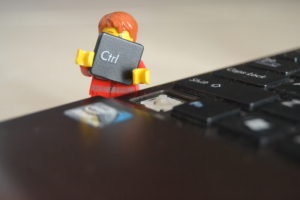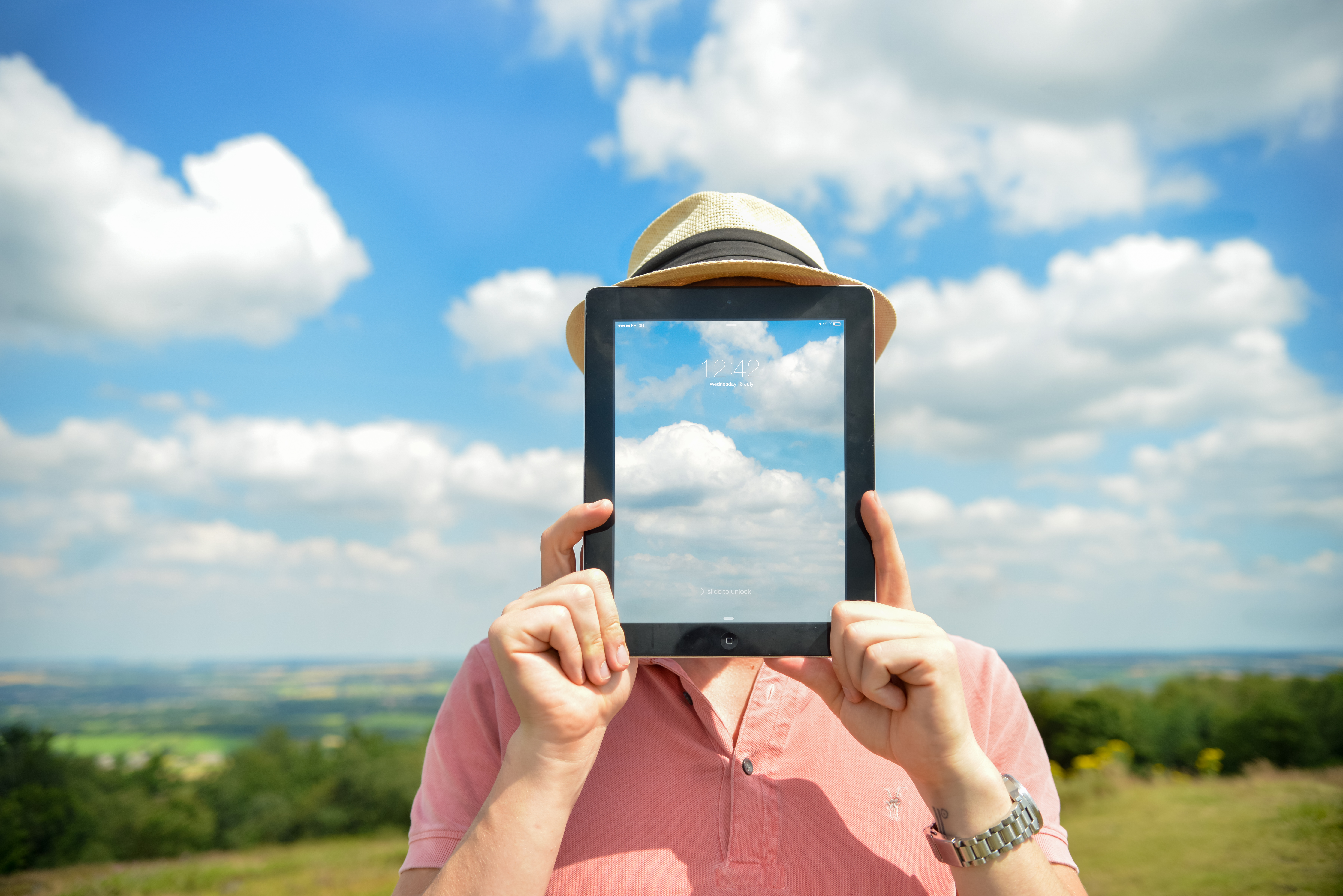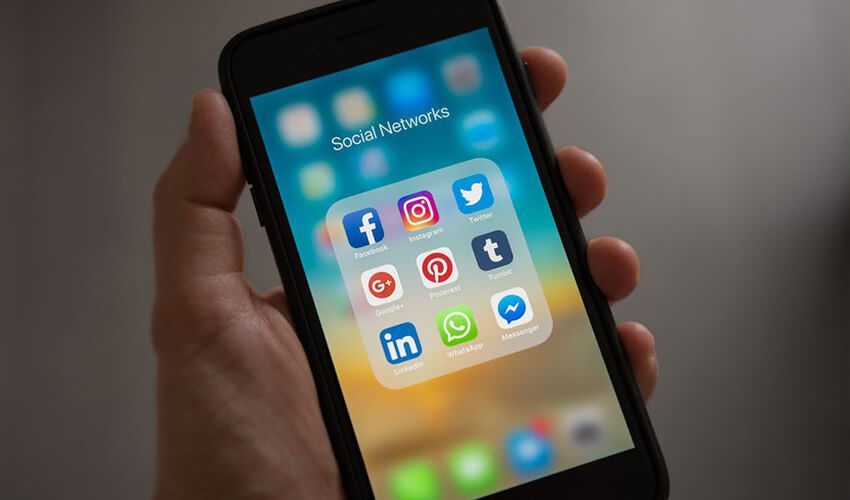Post by Lauren Sokol. @lsokol15. LinkedIn.
On Monday, we spoke in #SOJCssm about alternate realities and dystopic worlds. On Wednesday, we spoke about social media firestorms and what it is about human nature that makes us feel like it’s okay to destroy someone’s life in 140 characters or less if you are one of thousands expressing the same sentiment.
I couldn’t stop thinking about the parallels between our discussion and the themes of Black Mirror, a Netflix show picked up from the British version that ran between 2011 and 2014. Netflix writes: “This sci-fi anthology series explores a twisted, high-tech near future where humanity’s greatest innovations and darkest instincts collide.”
The show asks the question: What happens if everything that is going on in our digital and social media worlds right now is eventually amplified to such a level that it removes the aspect of a human’s self-control over engagement with these types of innovations?

The series is tagged for search on the video streaming platform as great for people who are looking for content that is: “Chilling, Dark, Mind-bending, Suspenseful, Scary, Ominous.” While there are some thrilling scenes that might be considered “scary,” the most frightening aspect of the show is how realistic, relatable and close these worlds feel to our own when you are watching. While there are self-driving cars, smart homes and other futuristic technologies woven throughout the episodes, for the most part, the setting of each episode looks just like the world we are living in today. And it will become much more realistic if this technology continues to make advancements. Some people may even be inspired to look for robotics jobs to help make self-driving cars get on the road quicker and to be involved in this dramatic change. So, it is yet unknown how truly accurate the predictions of the future will be. There are two episodes that resonated with me the most in relation to this past week’s #SOJCssm classes: “Nosedive” and “San Junipero.” (SPOILERS AHEAD).
“Nosedive” is a satire of our addiction to social media and our increased reliance on rating scales to make decisions about what, where, or who to associate with in our lives. Humans in this utopic world rate each other on a 5-star rating scale for each interaction they have with each other. Your well-being and ability to live comfortably in this world is predicated on your rating. If you start to drop below a 3 or a 2, you could lose your job, be prohibited from boarding an airplane, and ultimately lose those closest to you in your life. As a result, you are “fake nice” to everyone you meet. All authenticity is lost.
The protagonist Lacie goes through a series of mishaps that cause her score to drop dramatically, which leads to her exile from society and her ultimate incarceration. It is only when she is in jail and the contact lenses are removed that she is able to express her true emotions. Lacie’s experience is a metaphorical representation of what someone like a Justine Sacco probably experienced after her tweet. Sacco’s new life has a lot of restrictions due to one mistake on social media, much like the prison Lacie finds herself in at the end of the episode. Although “Nosedive” is incredibly exaggerated, it serves as a fair warning of what our reliance and addiction to social media might do to our society if we get too caught up in it. Tasha Robinson of the Verge wrote a great review of this episode that provides further analysis.
On Wednesday, we learned about how Second Life is having an amazing impact on the lives of people with disabilities and debilitating diseases by opening up a world in which these people can be their true selves and find support, friendship and opportunity. This immediately made me think of the Black Mirror episode “San Junipero.”
Throughout the episode, San Junipero appears to be paradise; an almost perfect vacation town on the ocean. Protagonists Kelly and Yorkie are 20-somethings who develop a relationship over the course of the episode, but are always limited to finishing their night at midnight. The audience is shown early-on that they are somehow able to travel between decades whenever they want, with the context clues being the music, fashion and cars changing between the 60’s, 70’s and 80’s every time Kelly and Yorkie meet. Towards the end of the episode, the audience learns that Yorkie and Kelly are actually senior citizens in the physical world. Yorkie is bedridden and unresponsive in a nursing home.
Kelly and Yorkie’s trips to paradise are due to a technology that enables seniors to transport their bodies and minds at their peak ages to San Junipero, so while Yorkie is unable to talk or move in the physical world, she is young and energetic in the in-between world of San Junipero. Yorkie and Kelly are going through a trial period with the technology, but eventually face the choice of staying there for eternity or letting their soul and body fully die and pass on to the unknown.
Both of my grandmothers have passed away from Dementia and Alzheimer’s. They were in nursing homes at different times, and both periods were incredibly difficult and devastating for my family. My grandmothers both went through a period of time at the end of their lives where they were not able to interact with the physical world. I believe, though, that they were very alive inside of their minds. The San Junipero episode considered a similar concept to Second Life: what if there was a technology that could help people find a place where they can be free of their physical limitations and feel alive again? I wish there was a technology today that would have enabled my grandmothers to have a clear mind, feel the breeze on a beach and have exhilarating experiences so that they didn’t have to experience the gradual decline of their bodies in the physical world. Unfortunately, there isn’t yet. But it is people like Professor Donna Davis (@dzdavis), who is conducting important research into these concepts, that give me hope that this area will see development and innovation in the future.
This past week taught me that there are two sides to social media and the digital realm. I hope that as our society becomes smarter and technology progresses that we choose to innovate in the realm of compassion, rather than innovate towards our own self-destruction. Is social media headed into the dark or into the light?




Lauren,
You’re so right that what’s frightening about Black Mirror is how realistic and relatable the premises of the episodes are to real life. The show does an incredible job of identifying ways in which technology is changing our daily lives and interactions, and showing how dangerous it could be to continue down this path. In particular, the “Nosedive” episode has really stuck with me since I watched it because you can see elements the themes of the episode every day. In fact, there really is an app called Peeple that describes itself as “Yelp for people”, where you can rate people based on their character. Also, as someone who’s also had a loved one suffer through Alzheimer’s, I really appreciated your sentiments about the San Junipero episode. The possibility for technology to provide an escape for people in suffering is a beautiful idea.
Lauren,
I’m beyond glad you made the connection between the Second World and Black Mirror because throughout that lecture, I was thinking of the San Junipero episode but I didn’t think anyone knew what Black Mirror even was. I recommend anyone reading this to watch that episode because it really helped me understand what the Second World was about. When I think about social media, I only think of platforms such as Twitter, Instagram, and Facebook and would have never thought about having a Second World where you can create your own character or even run your own business. During class, I thought about my grandma who lost her battle with cancer. I know the Second World would have given her another chance to feel alive again, which was the same thing I thought about when watching the episode San Junipero. Thank you for literally writing my thoughts down into this blog; I don’t think anyone could have explained it better.